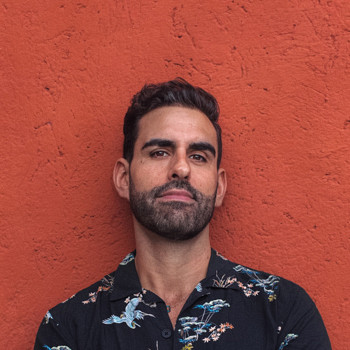Solar Portraits
Share This Post:
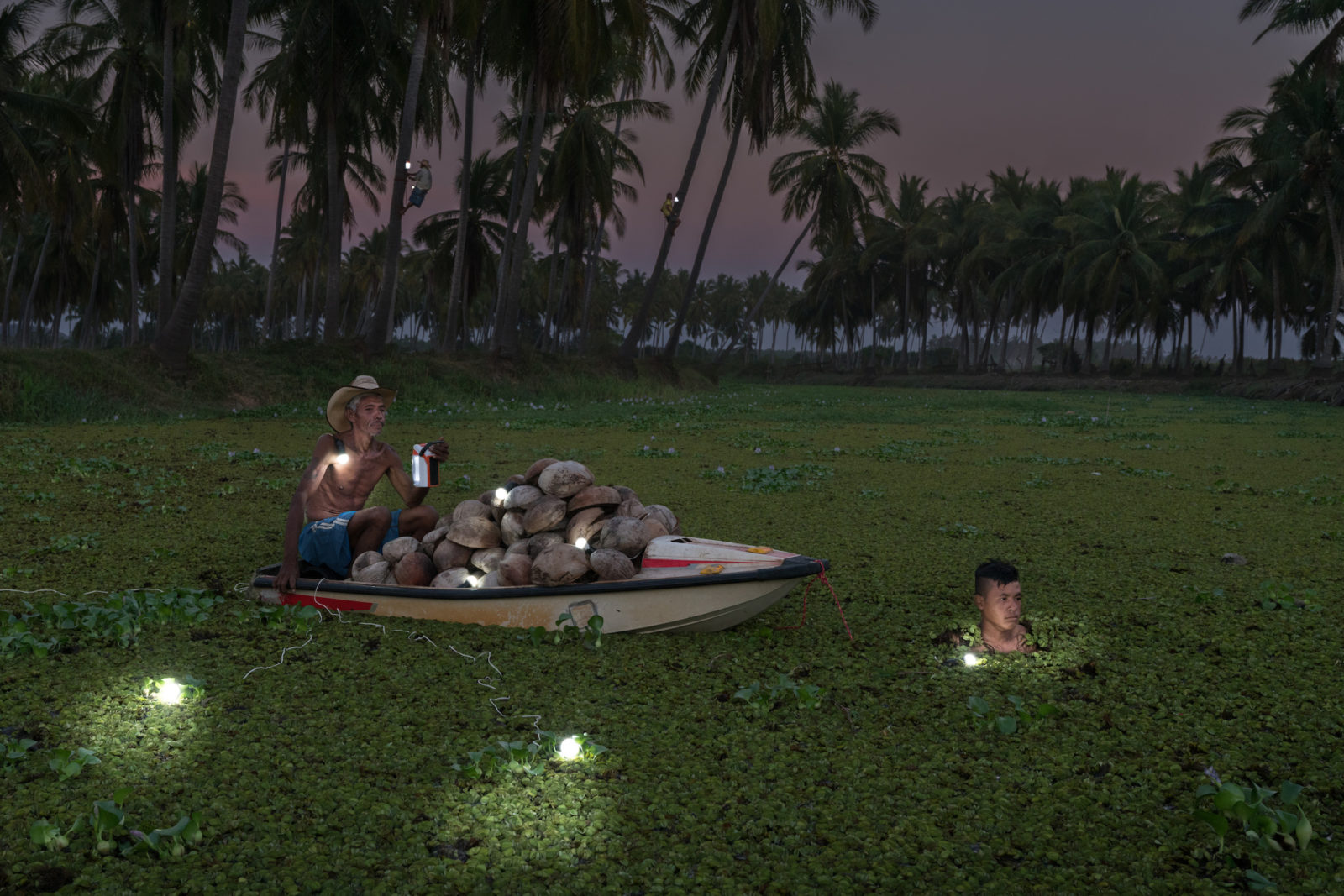
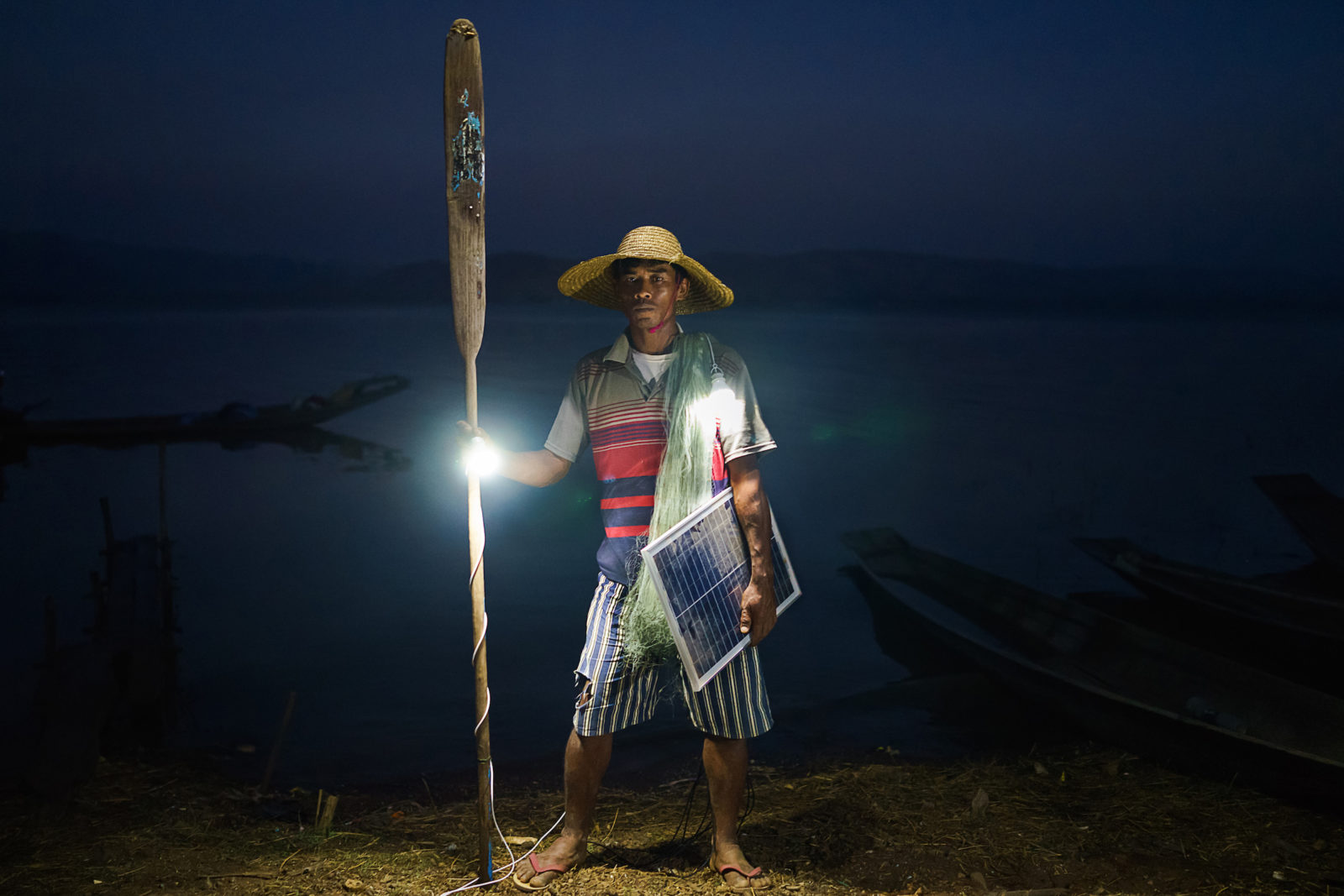
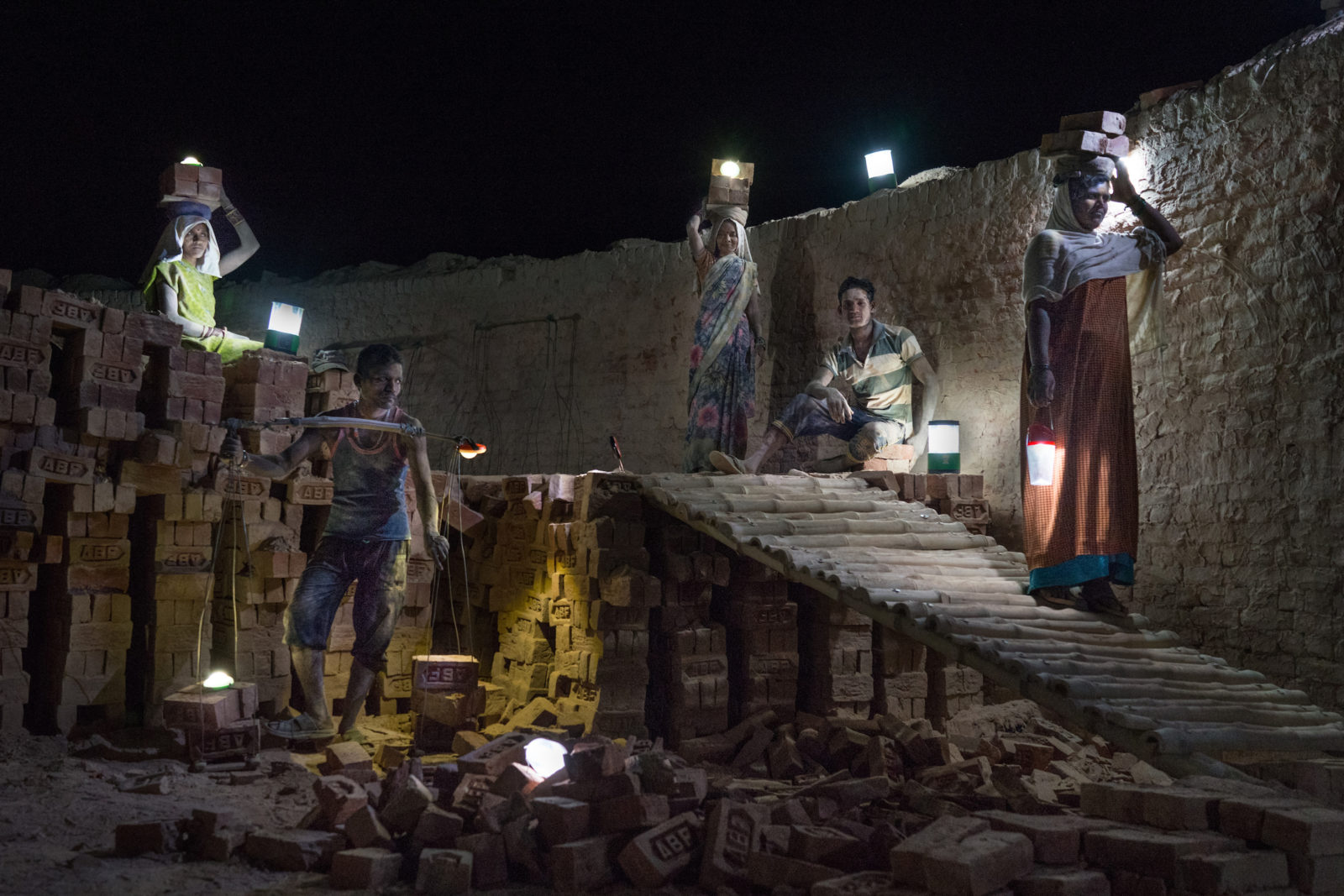
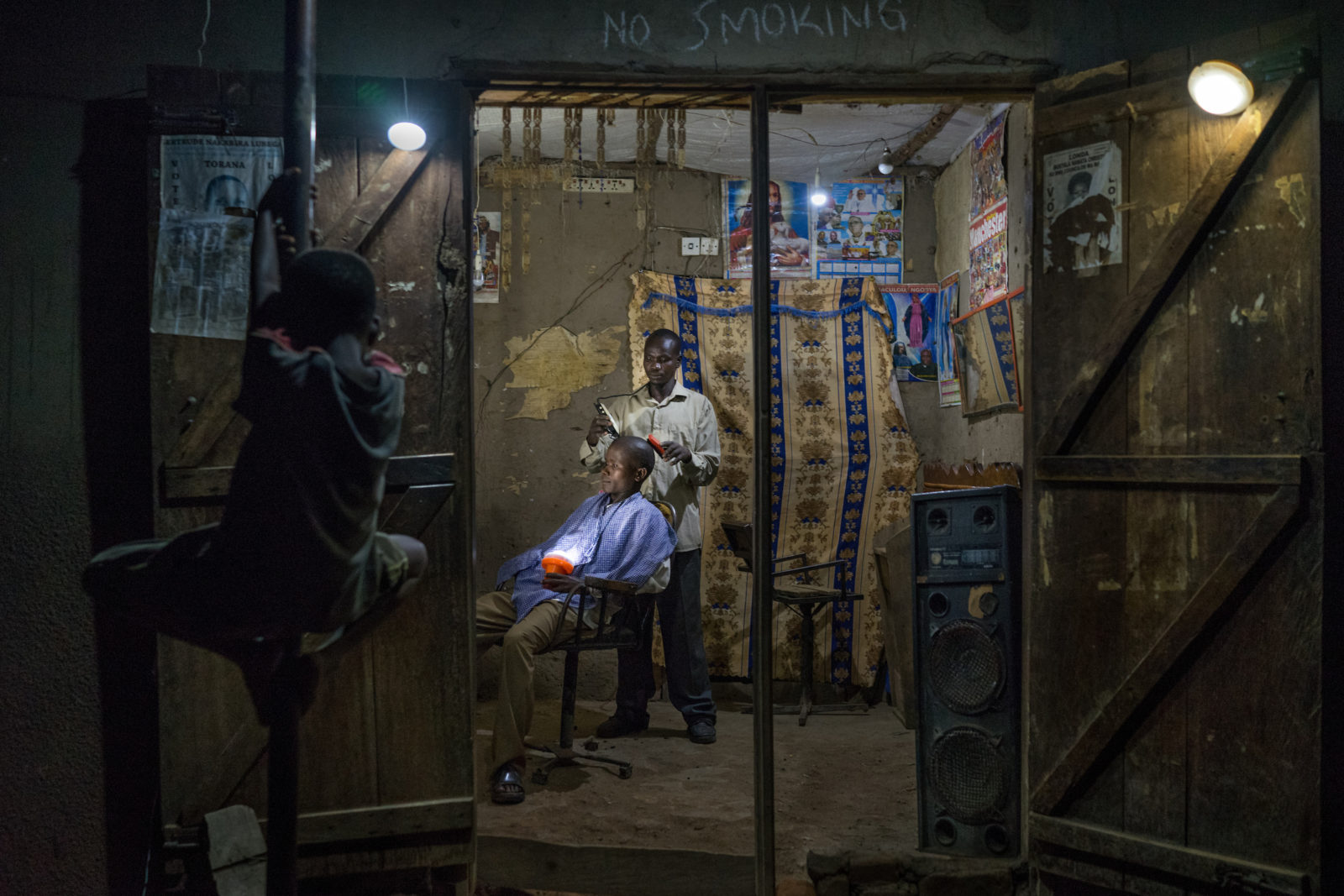
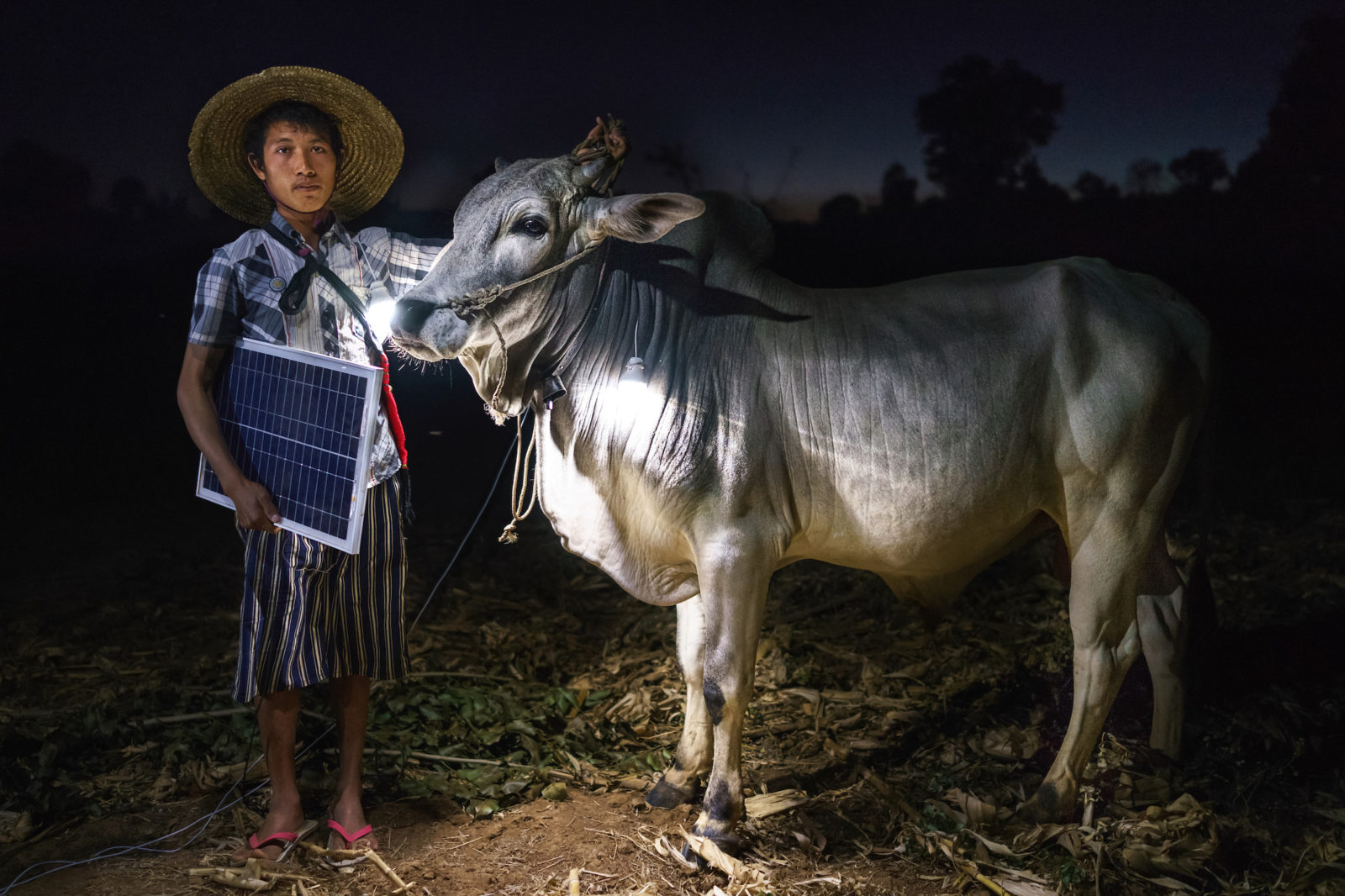
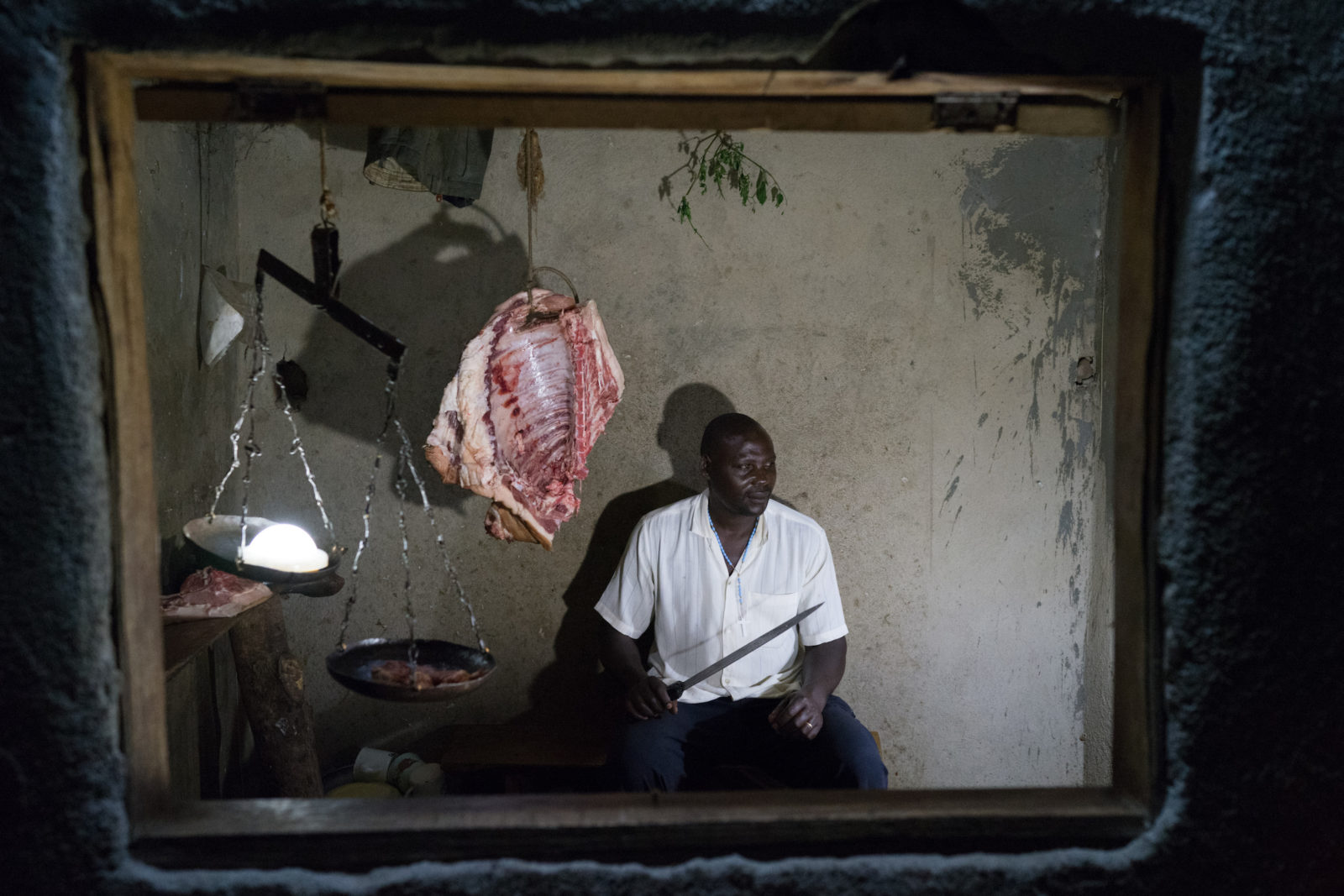
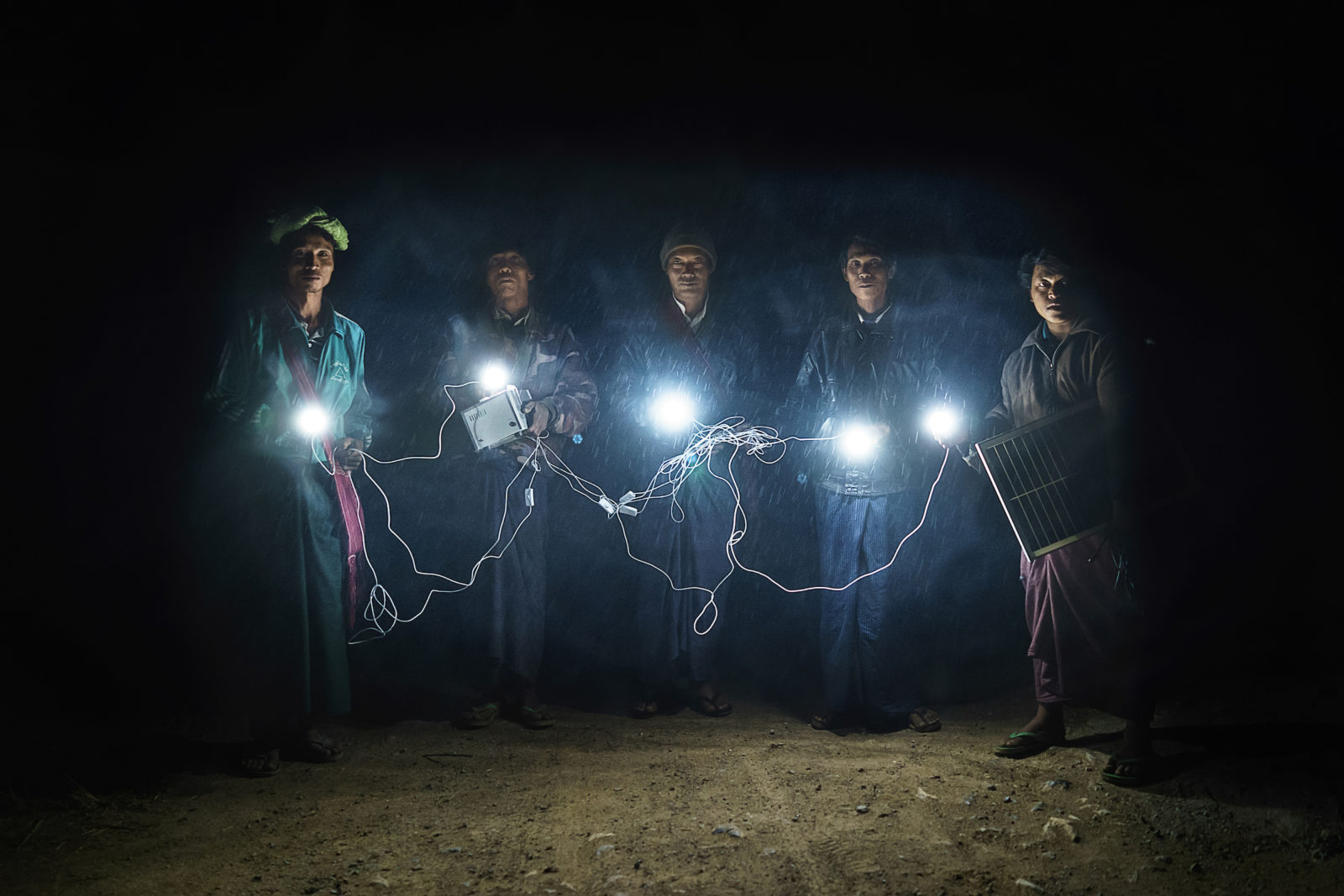
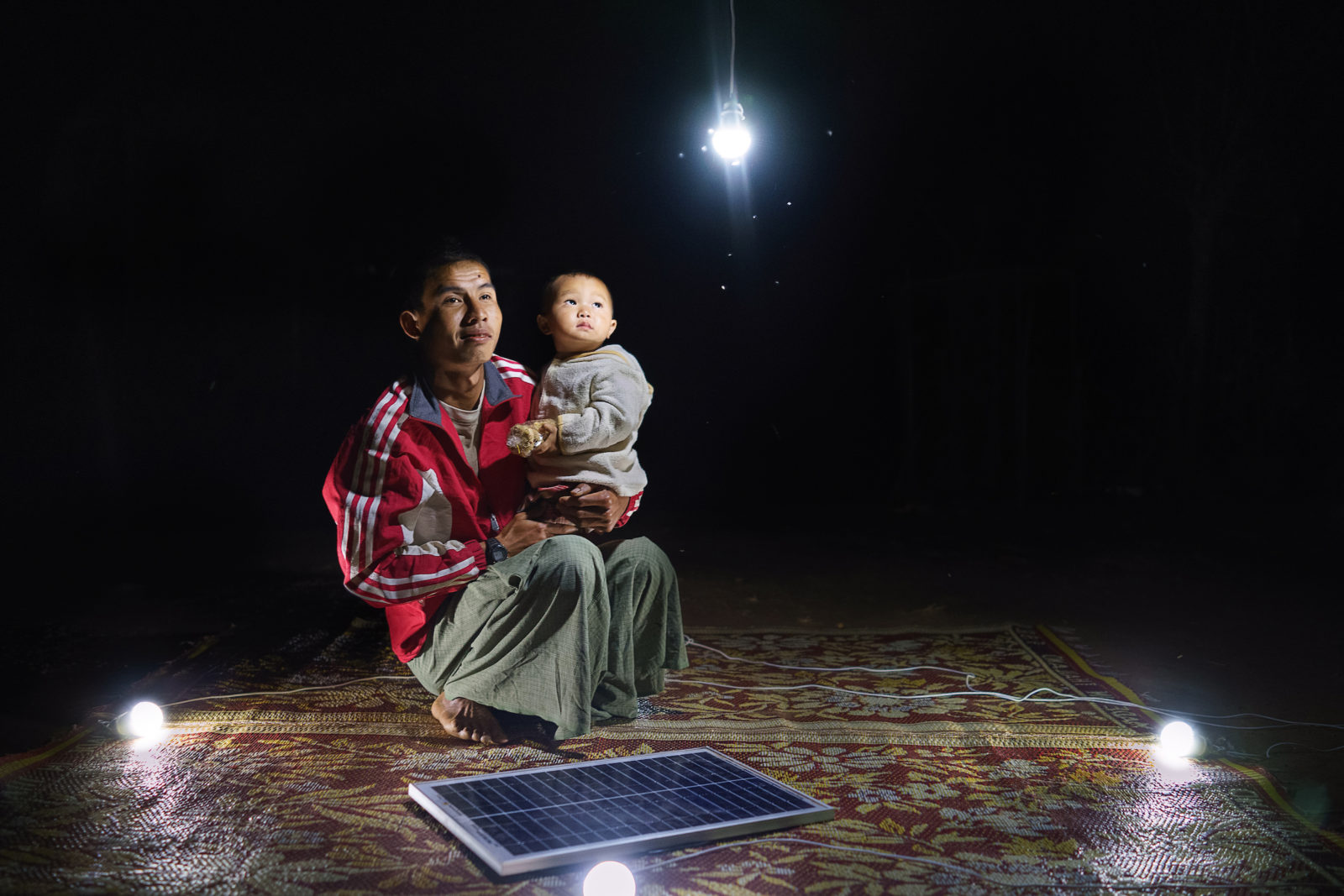
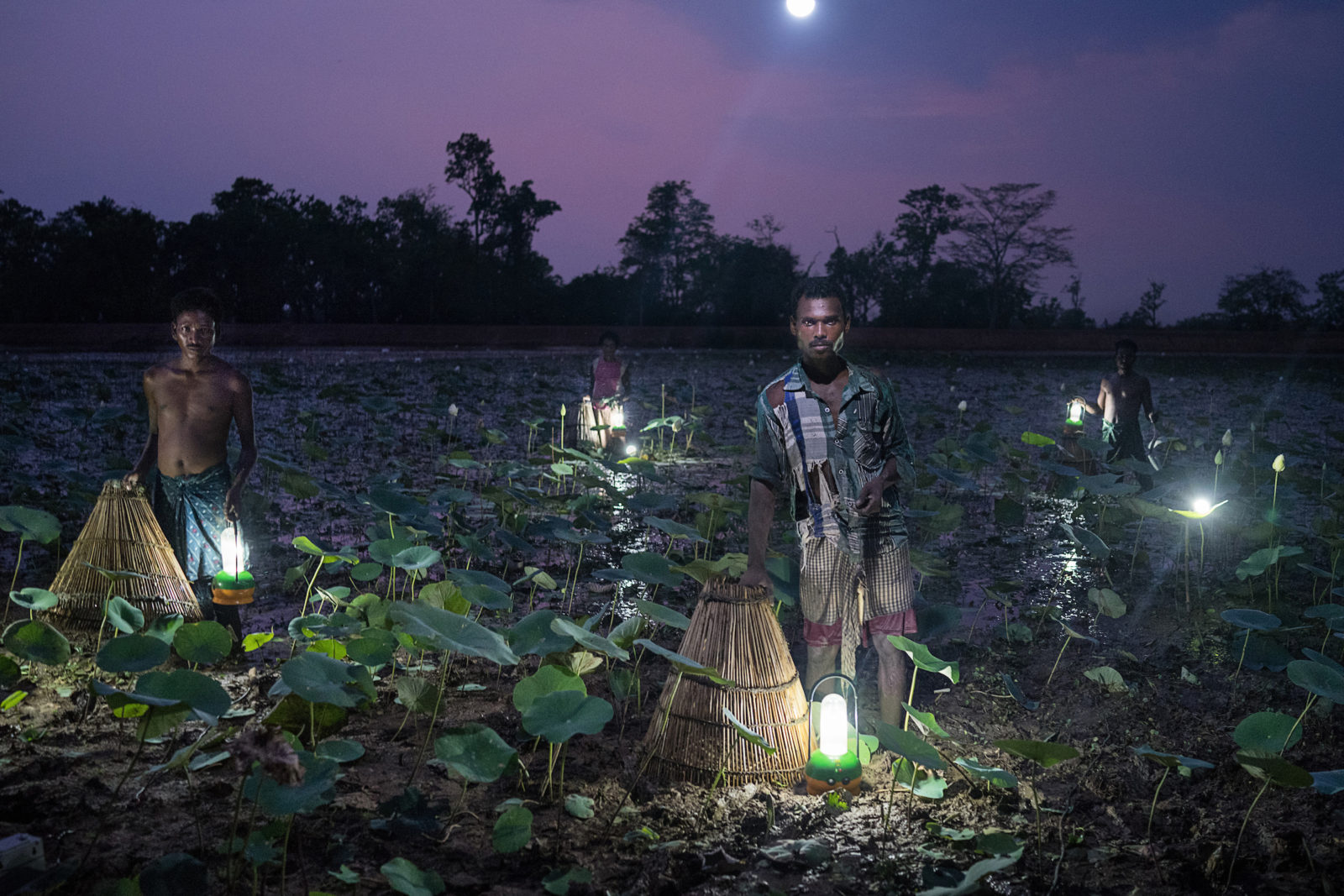
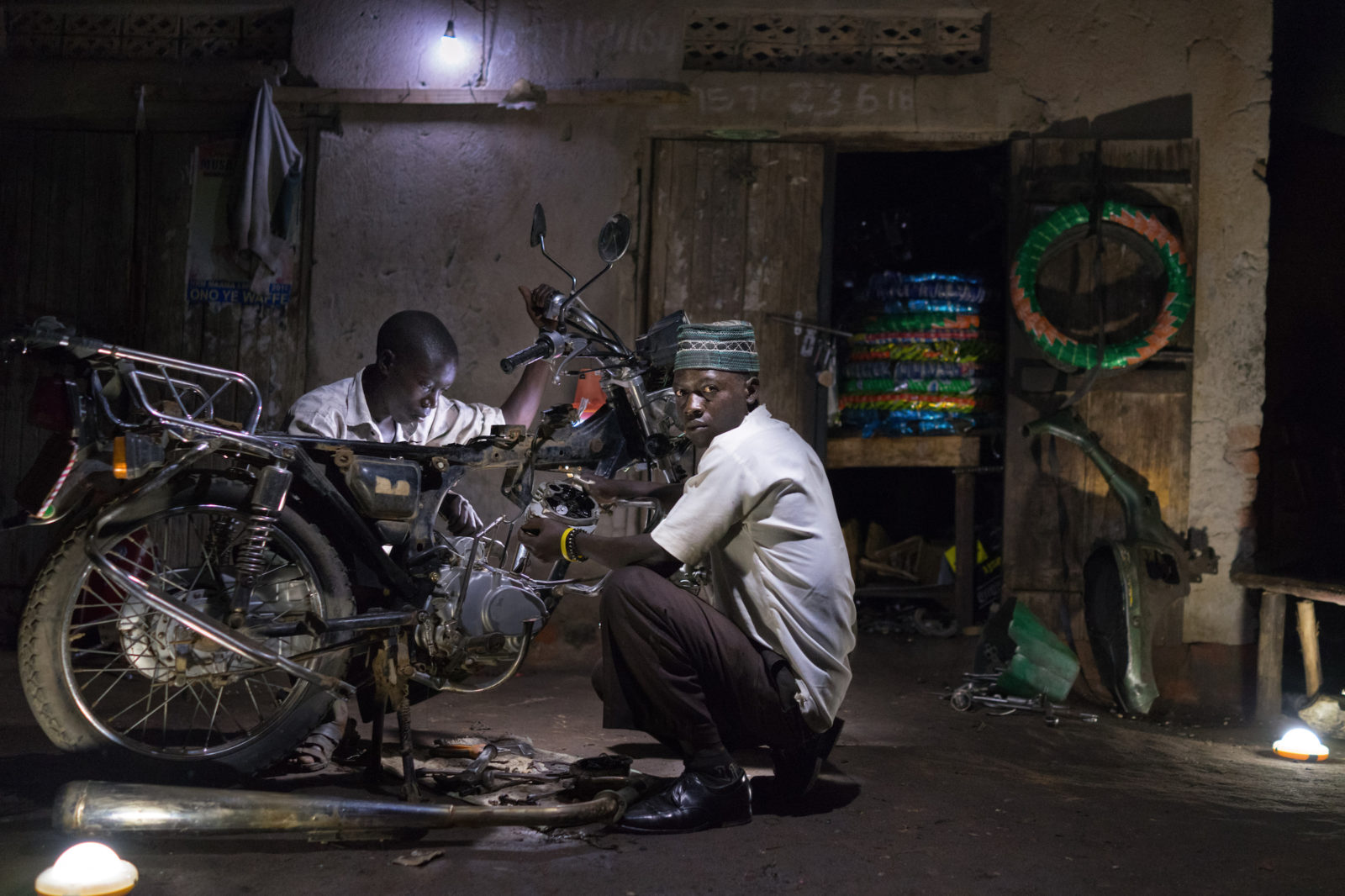
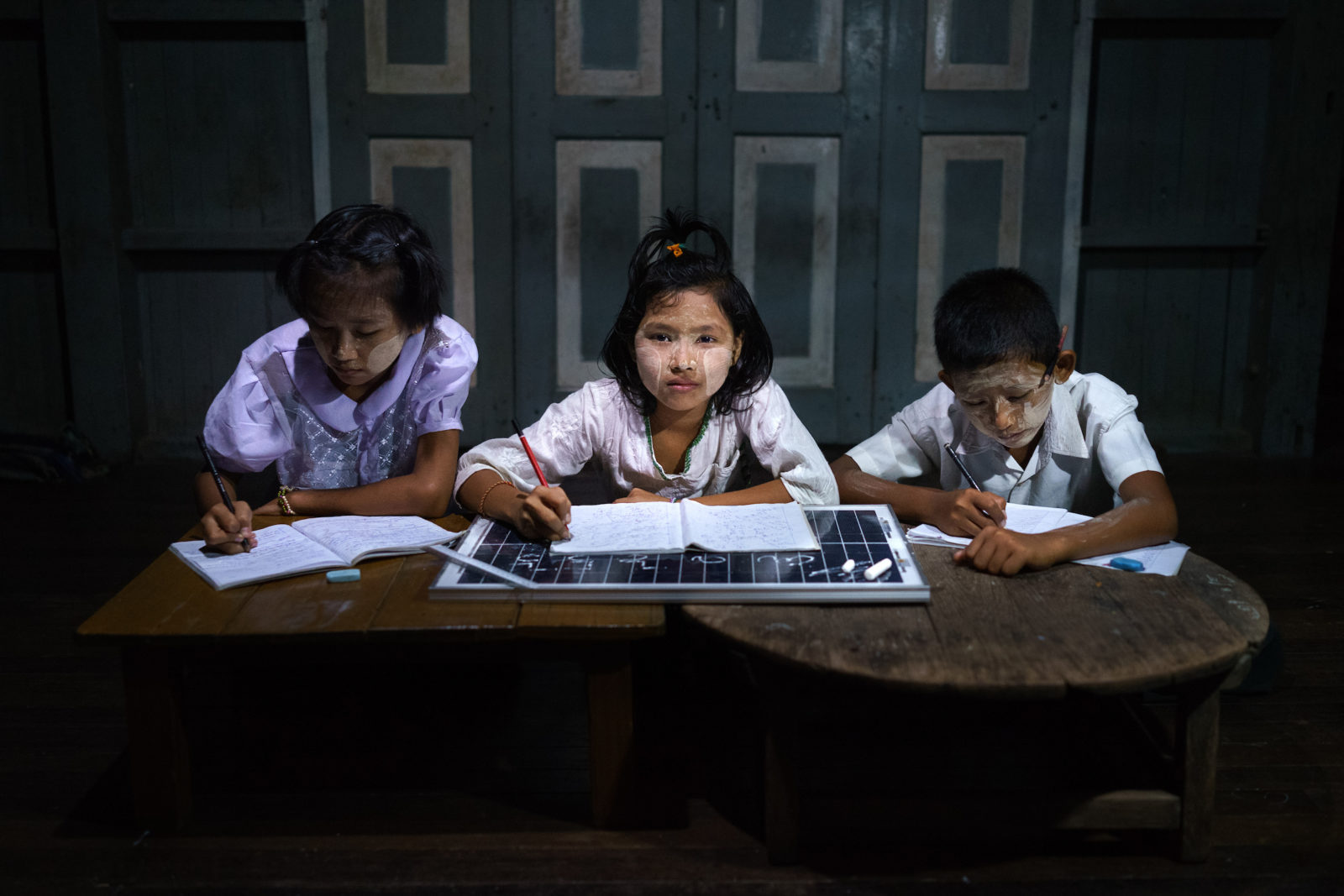
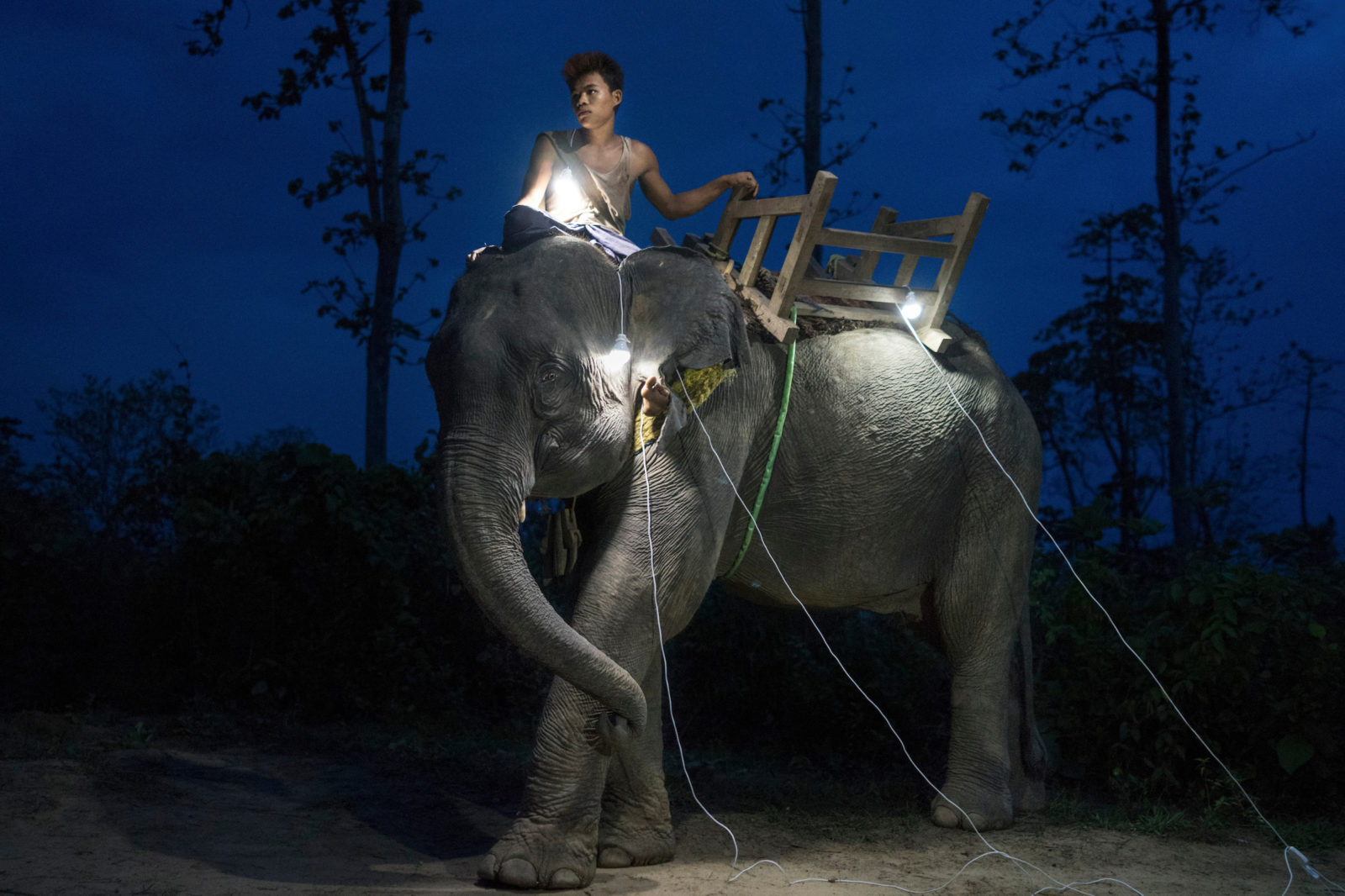
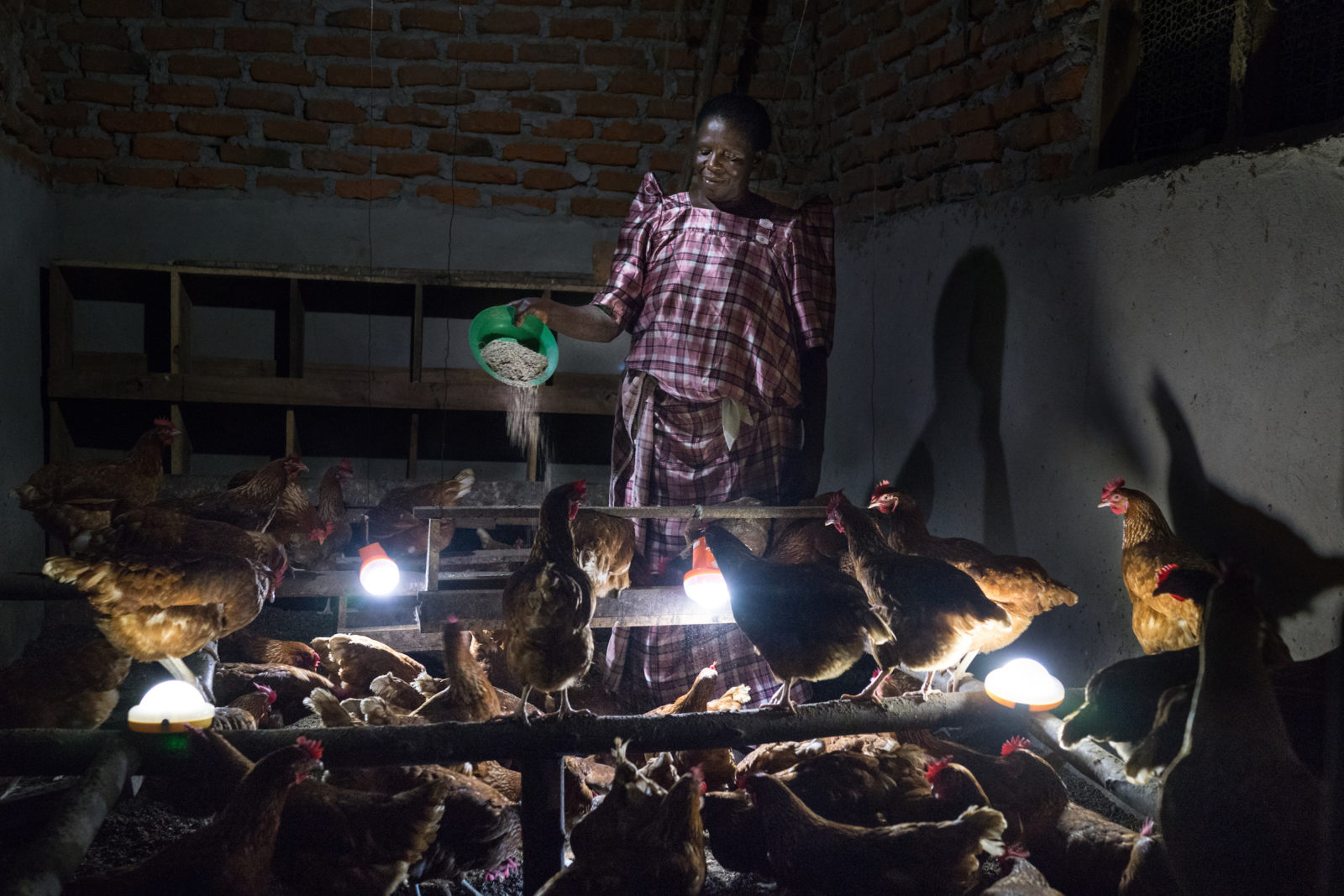
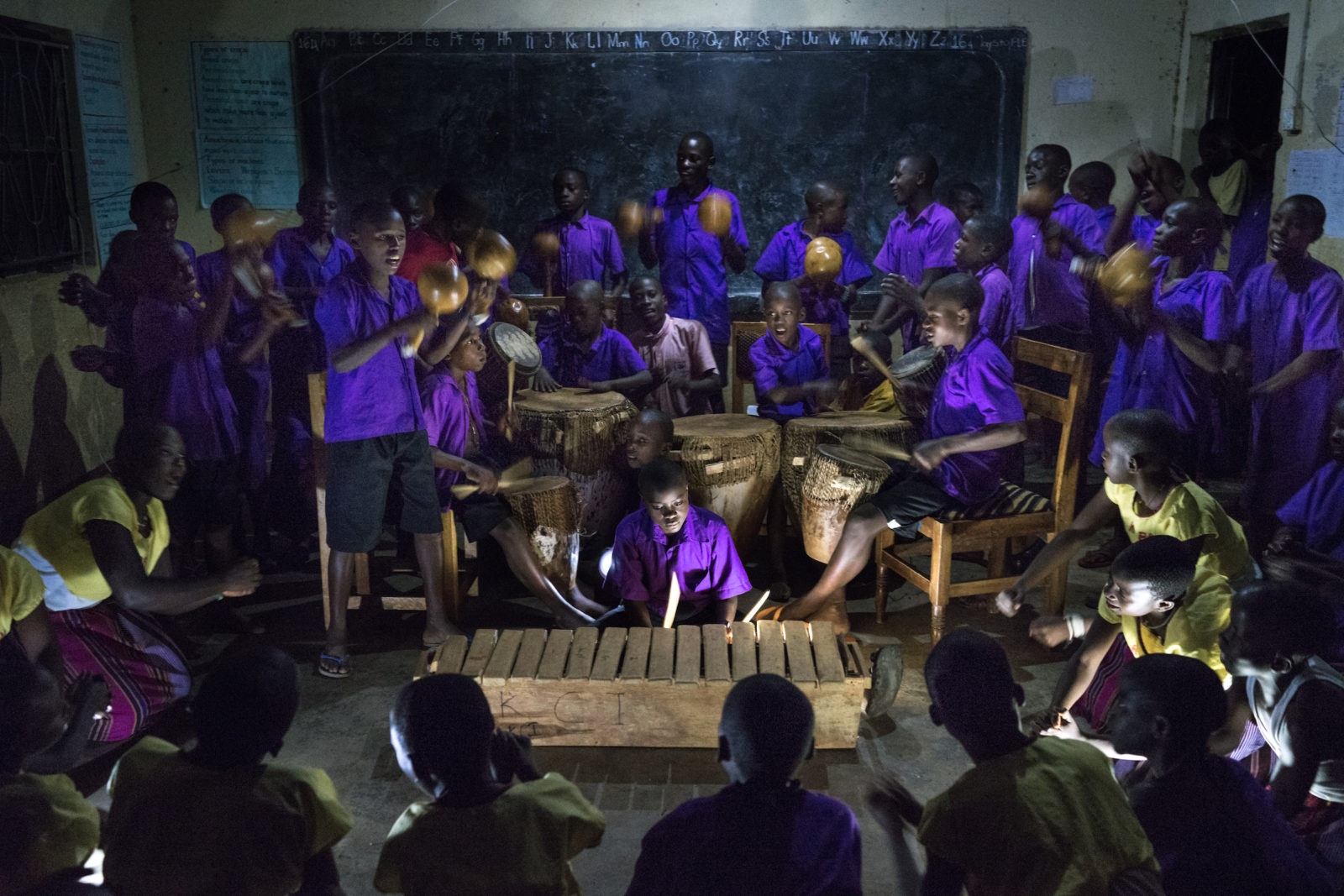
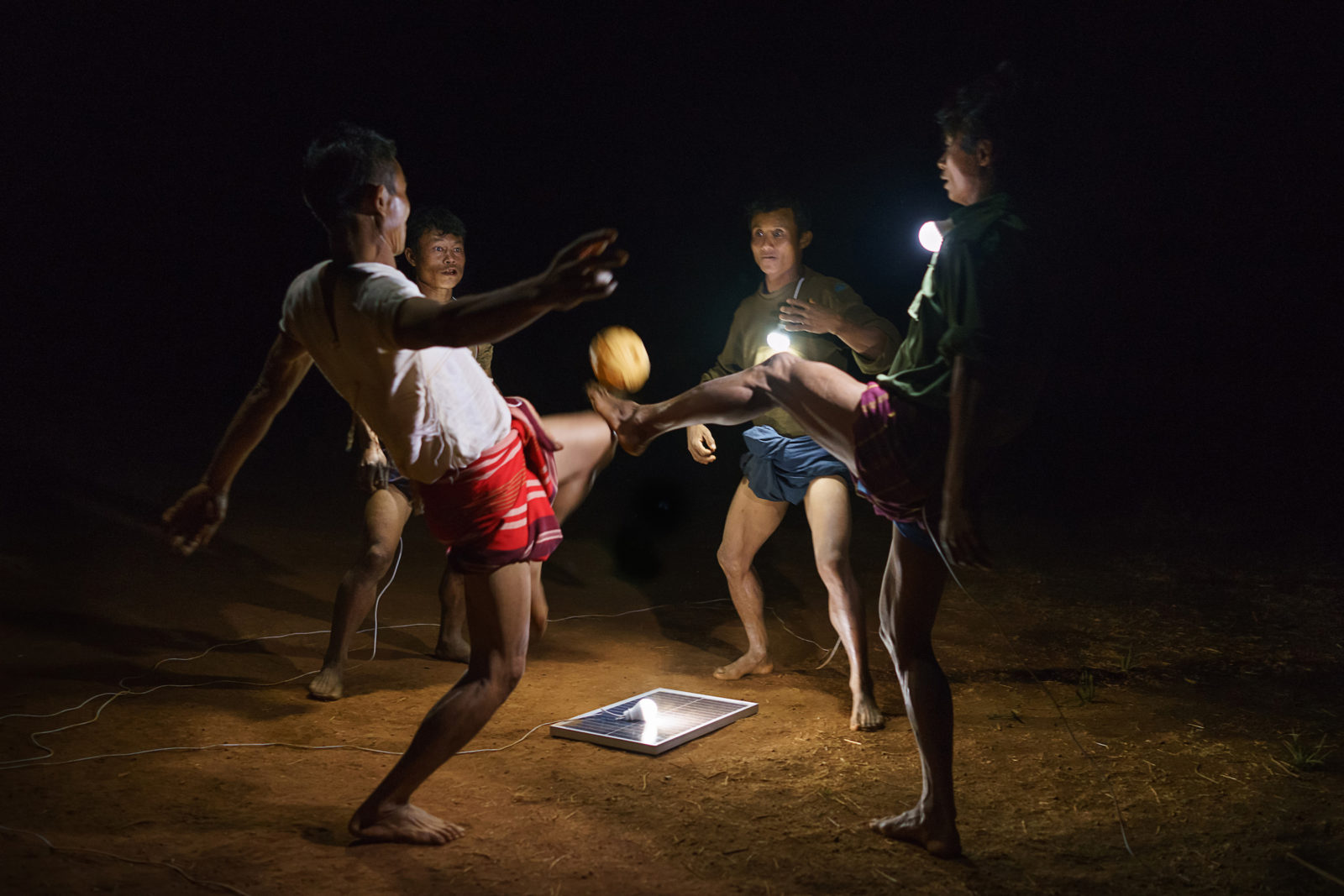
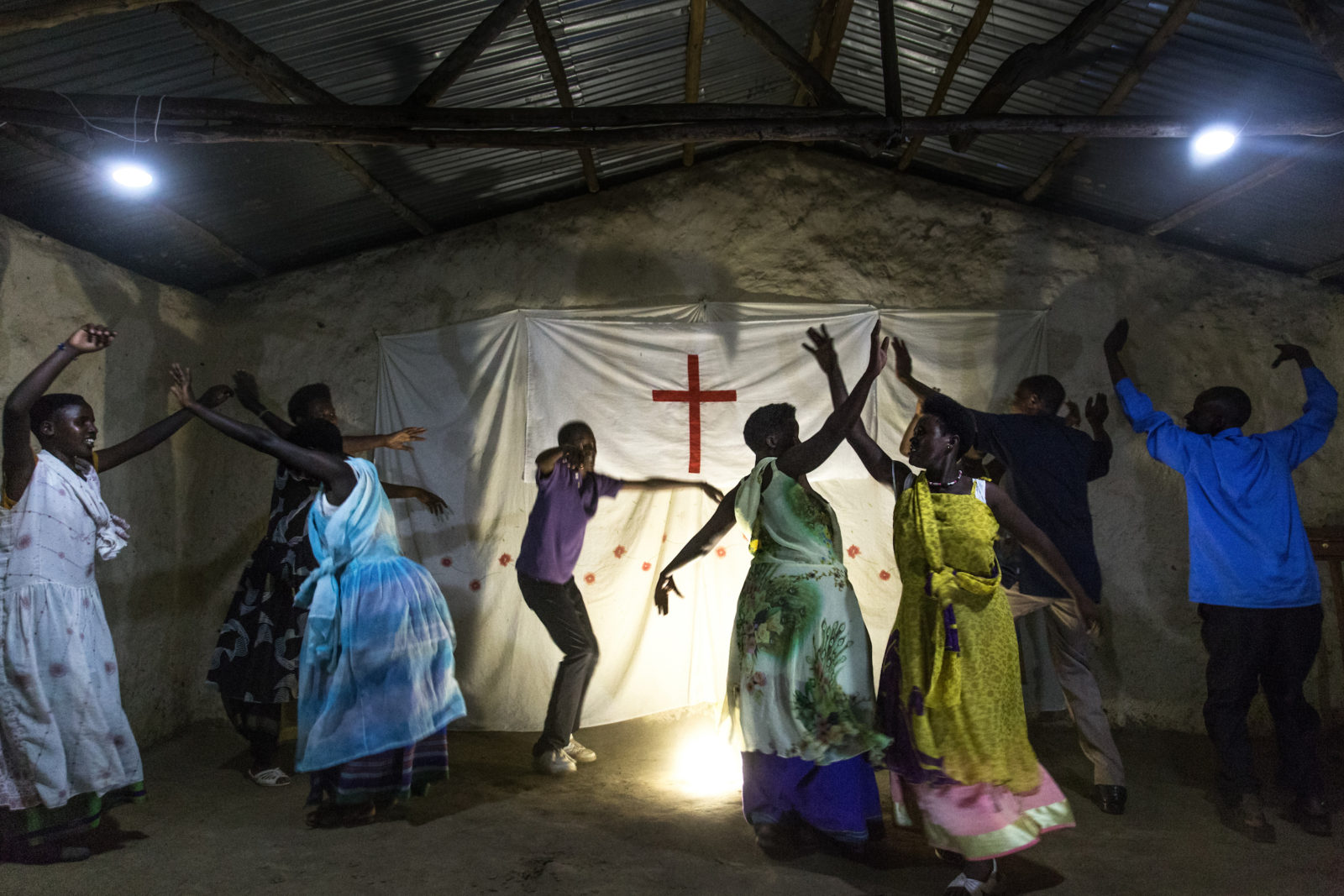
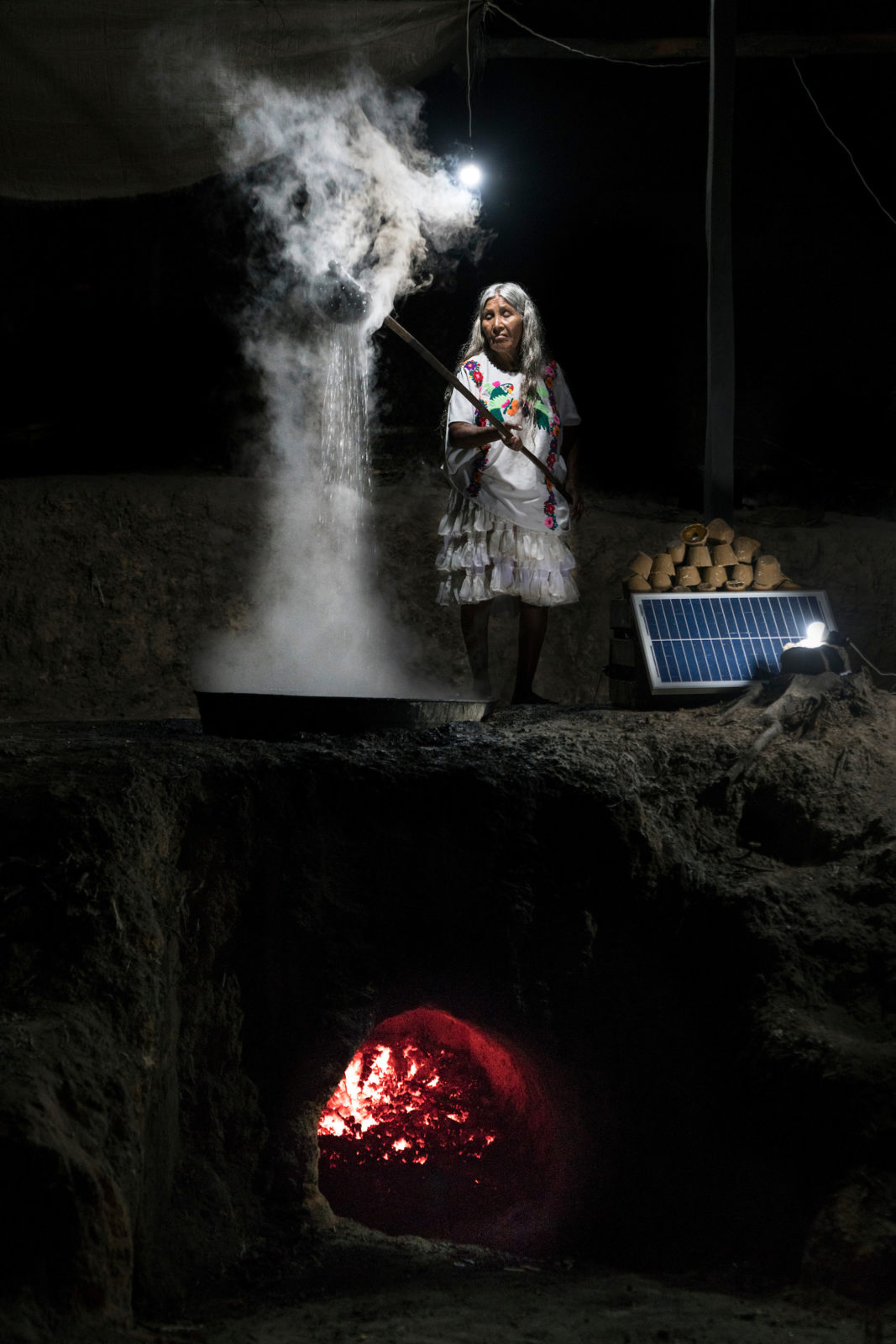
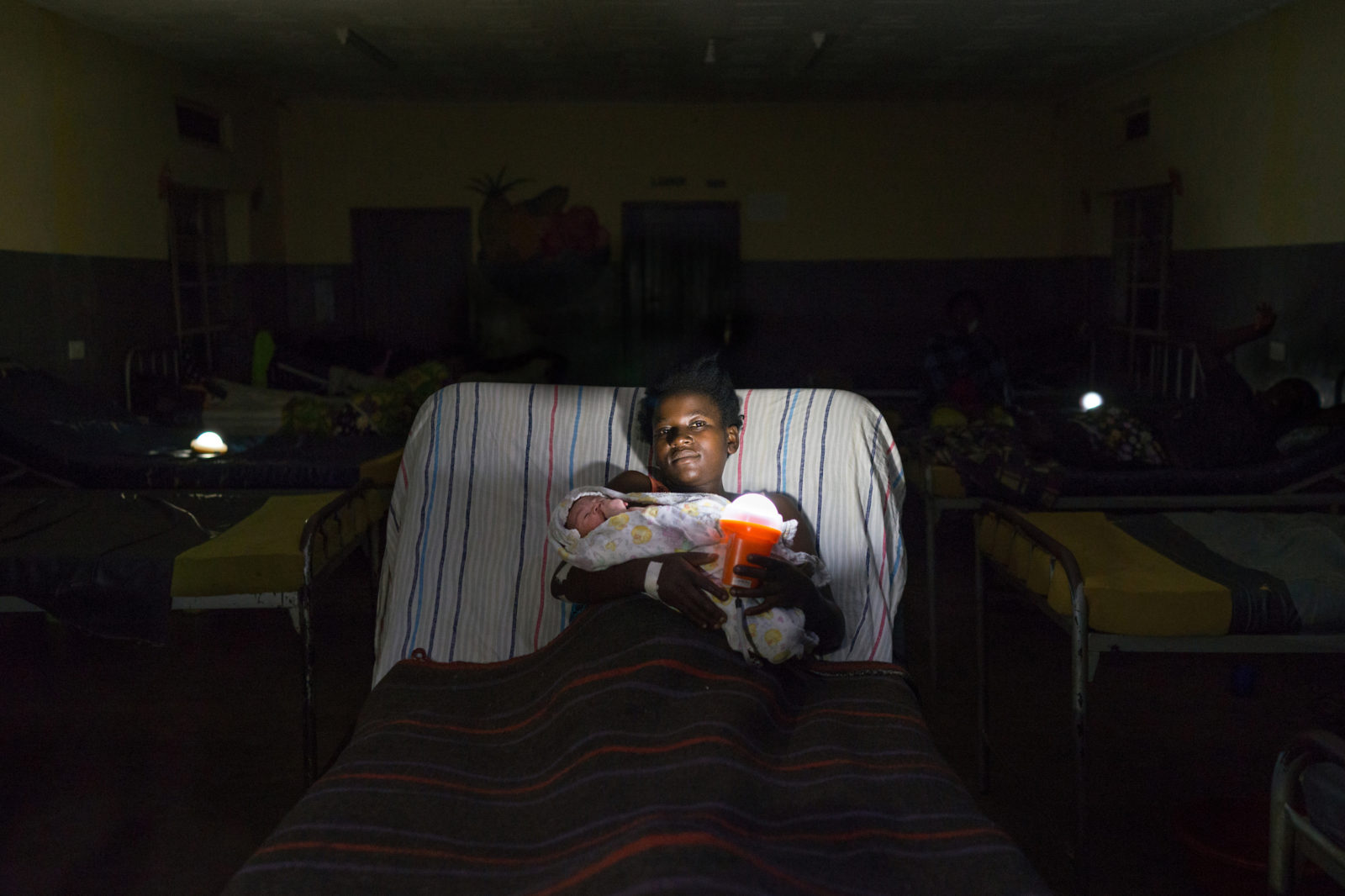
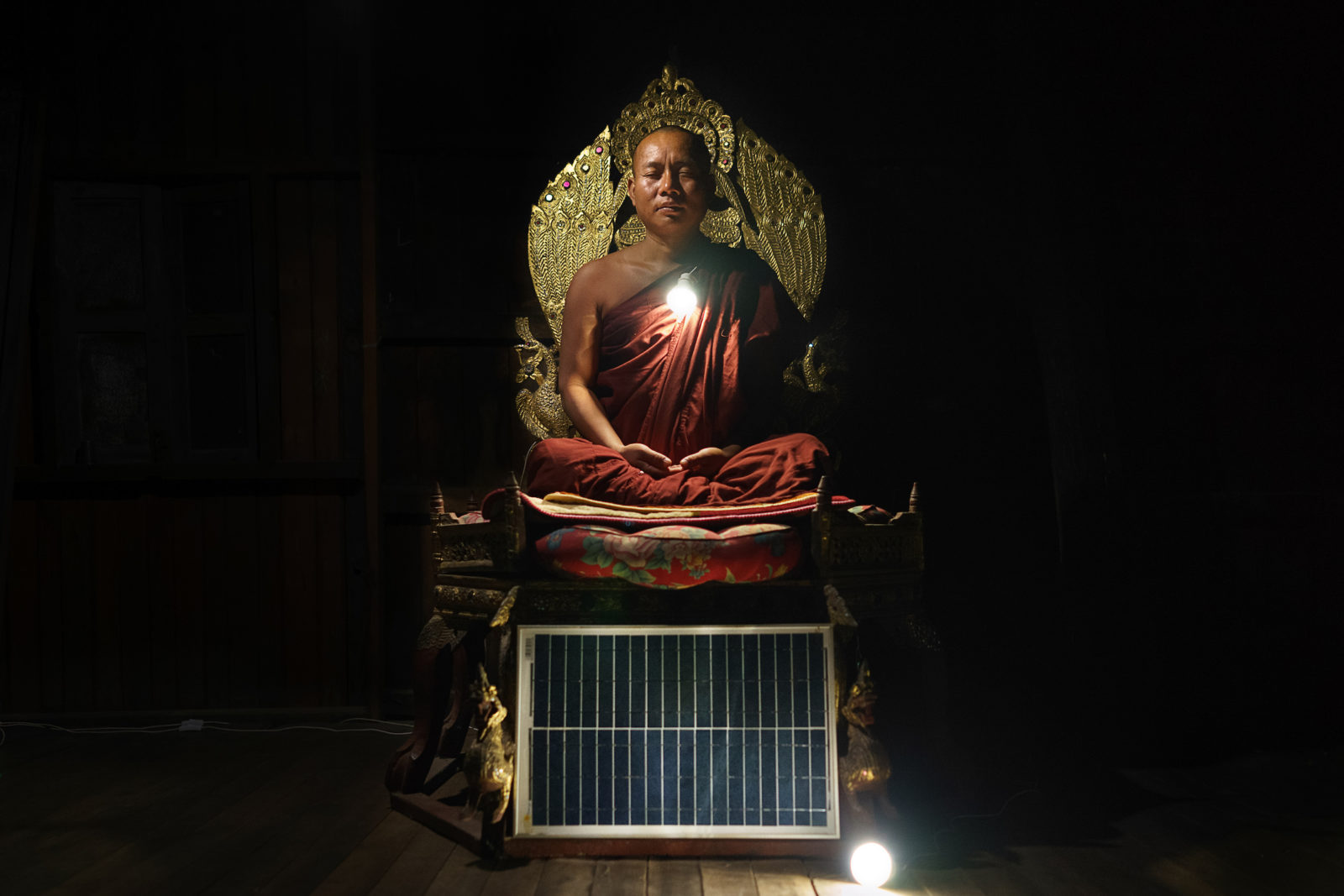
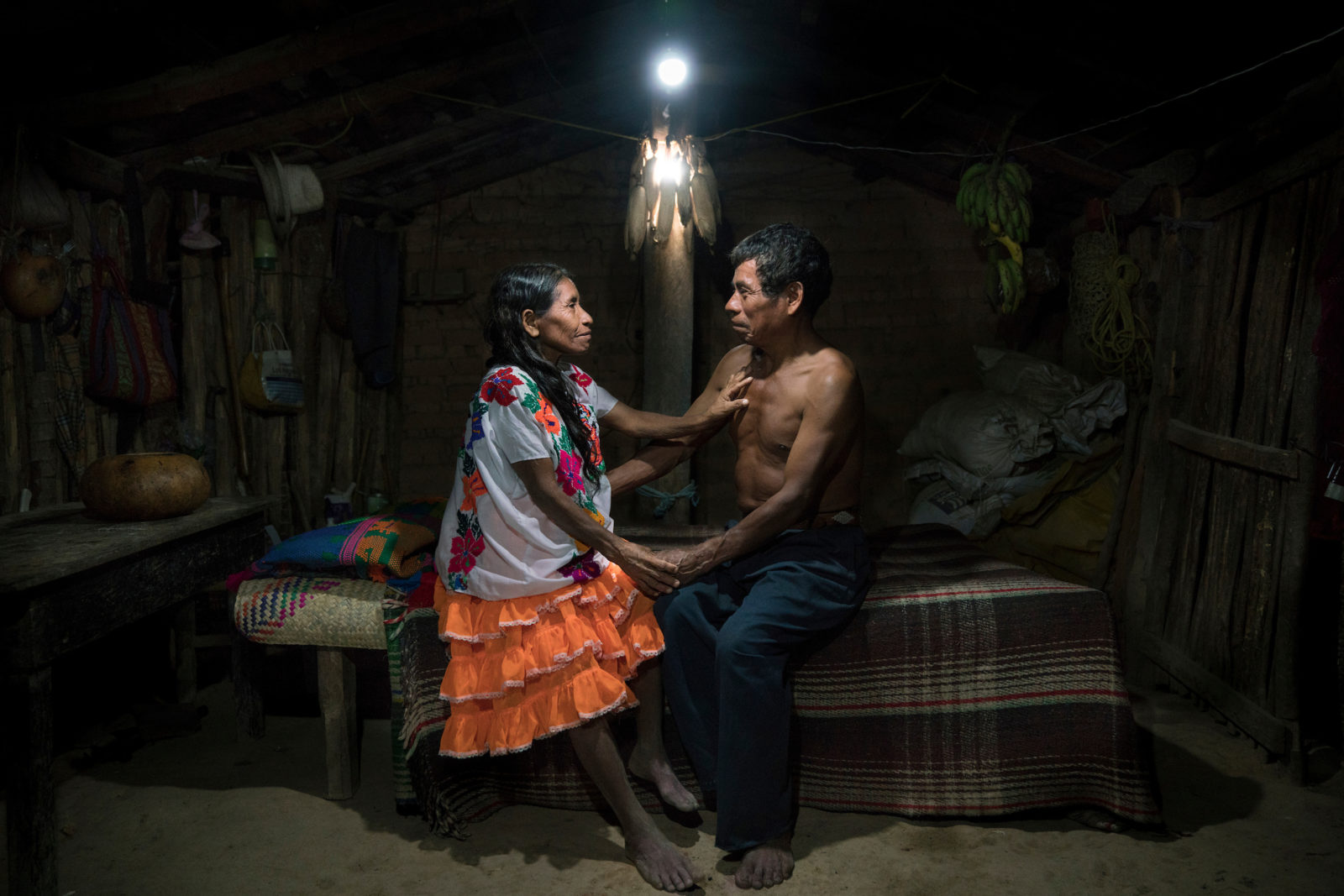
About Solar Portraits
The International Energy Agency estimates that roughly 1.1 billion people in the world still live without access to electricity, more than 95% of these people are either in sub-Saharan Africa or developing Asia. In these parts of the world, almost all rural labor is still unmechanized, candles – which are both expensive and dangerous – are the only source of light available once the sun sets. As building the requisite infrastructure to connect remote, rural villages to the grid will still take a long time, solar energy is a viable and much-needed solution that has the potential to improve the lives of millions immediately. Small, inexpensive photovoltaic power (PV) systems can provide households with at least 12 hours of light during the night, allowing people to do more with their waking hours at no additional cost.
Looking at the larger picture of our planet’s environment, solar energy has the potential to make a substantial positive impact on the earth’s C02 footprint. The Environmental Protection Agency shows that generating electric power causes over a third of all green house gas emissions so reducing the electricity we draw from the grid means reducing carbon emissions.
These portraits depict the lives of inhabitants of remote areas who, for the first time have access to electricity through the power of solar energy. Each subject was asked how having electricity has affected their life. The portraits were set up within their environment, according to what they expressed. The scenes have all been lit only by solar powered light bulbs which are contributing to the improvement in these people’s standard of living.
